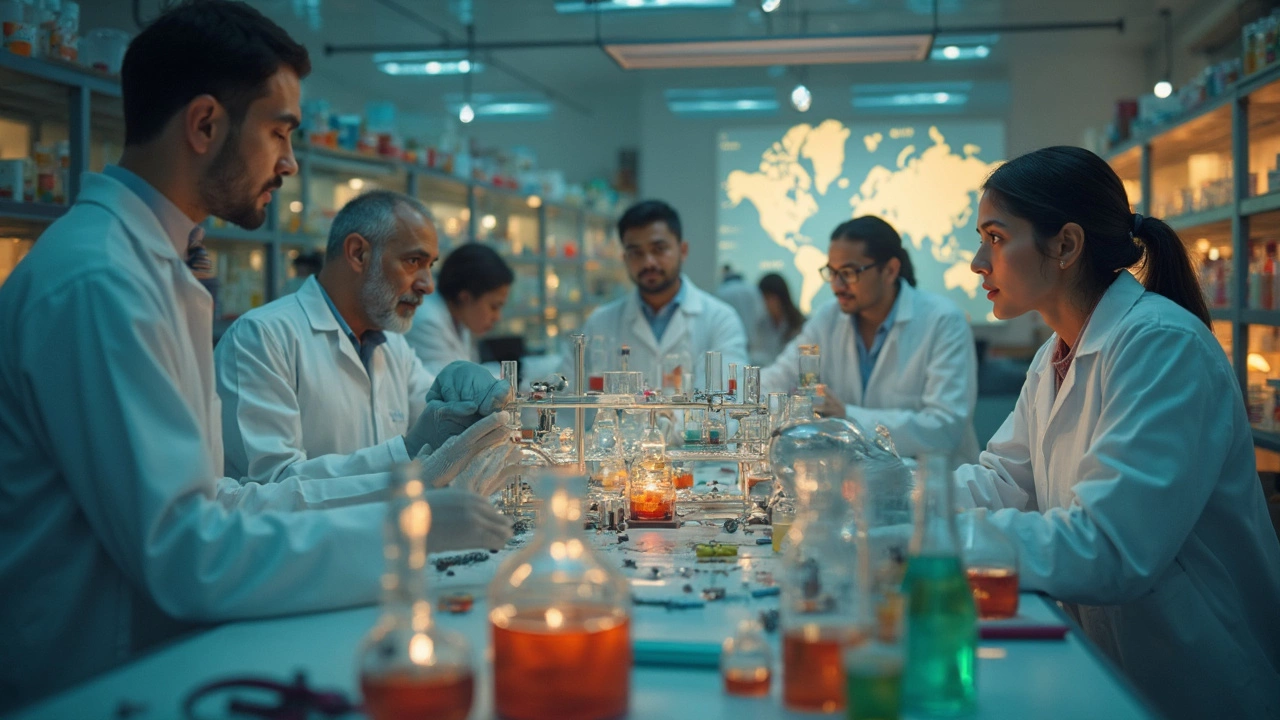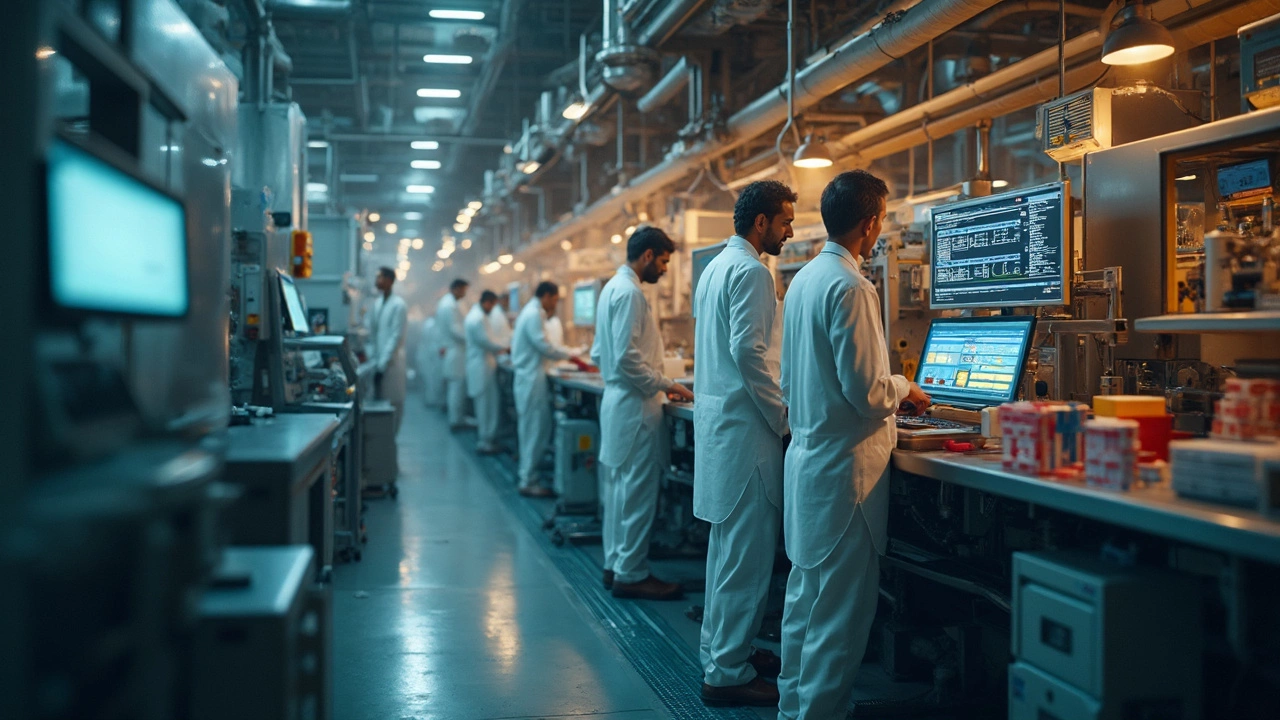Drug Manufacturing: What’s Shaping the Industry Today?
When you hear ‘drug manufacturing’, think of a massive puzzle where science, cost, and regulation all fit together. From raw materials to the final pill, every step matters because tiny mistakes can affect millions of lives. In the next few minutes, we’ll break down the key forces‑of‑change, why India is a game‑changer, and what you can expect in the coming years.
Why Cost and Scale Keep India at the Top
India’s pharma factories churn out a huge chunk of the world’s generic medicines. The secret? Low labor costs, massive production capacity, and a talent pool that knows how to handle complex API (active pharmaceutical ingredient) processes. Companies like Sun Pharma and others have built sprawling campuses that can scale up quickly, which is why global brands outsource their low‑cost drugs to Indian plants.
But cheap isn’t the whole story. Indian factories are also getting tighter with quality. The US FDA has been stepping up inspections, and many Indian sites now meet international standards. That mix of price advantage and rising quality makes India a reliable partner for both developed and emerging markets.
Regulations, Risks, and the Road to 2025
Regulatory pressure is a double‑edged sword. Stricter guidelines protect patients, yet they add expenses and slow time‑to‑market. The 2025 outlook shows tighter US FDA scrutiny, new EU pharmacovigilance rules, and India’s own push for stricter Good Manufacturing Practices (GMP). Manufacturers who invest early in compliance tech—think electronic batch records and AI‑driven quality checks—will avoid costly shutdowns.
Risk isn’t just about audits. Supply‑chain hiccups, like raw material shortages or logistics bottlenecks, can halt production. Smart players are diversifying their supplier base and using blockchain for traceability, so every ingredient’s journey is visible in real time.
Innovation is another big driver. Continuous manufacturing, where drugs are made in a nonstop flow rather than batch by batch, is gaining traction. It cuts waste, speeds up production, and aligns with green‑manufacturing goals. Companies experimenting with these methods report up to 30% lower energy use and faster rollout of new medicines.
For newcomers eyeing the drug manufacturing space, the takeaway is clear: focus on cost‑effective scale, stay ahead of regulatory changes, and lean into tech that boosts quality and transparency. Whether you’re a small contract manufacturer or a big pharma giant, these moves can keep you competitive in a market that’s expected to grow over 8% annually.
So, if you’re curious about where your next medication might be made, remember that India’s factories are at the heart of the story—balancing low prices with rising standards, all while navigating an ever‑tighter regulatory maze. Keep an eye on the 2025 milestones, and you’ll see which companies turn challenges into profit and which fall behind.

Best Pharma Country: Comparing the Pharma Powerhouses Globally
Which country leads the global pharmaceutical industry? We break down the facts, compare drug innovation, and reveal where the best medicine truly comes from.

Biggest Challenges for Indian Pharma Manufacturers
Indian pharma manufacturers face challenges like regulatory complexities, supply chain disruptions, and intense global competition. Quality control and innovation lag are significant hurdles, impacting their global standing. The need for compliance with international standards puts pressure on manufacturers to update facilities and processes. Addressing these issues requires a strategic shift and increased investment in technological advancements.

